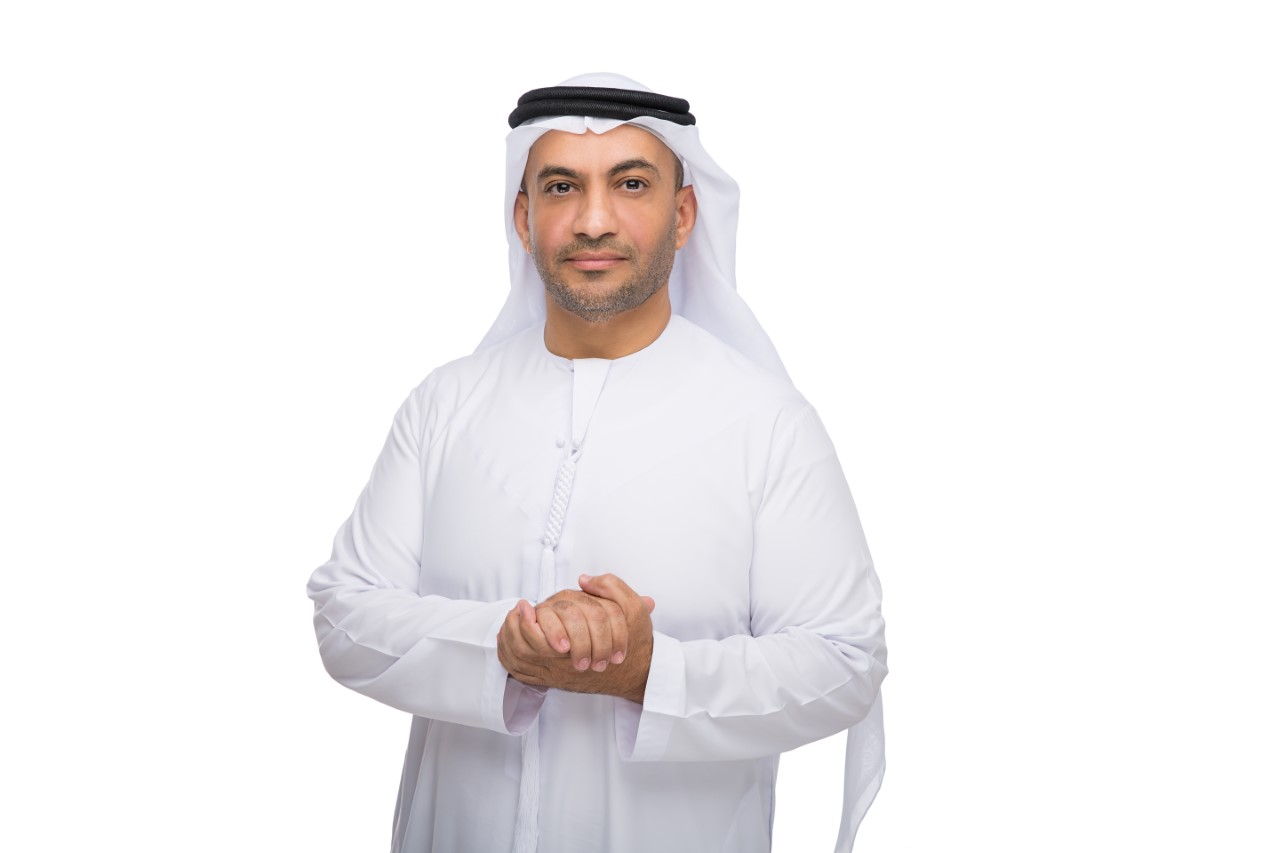A Saudi vision that speaks to common sense
الأربعاء - 12 مايو 2021
Wed - 12 May 2021
Amid the rapid signs of major transformations expected in the Middle East, HH Prince Mohammed bin Salman, Crown Prince of Saudi Arabia, recently gave a high-profile television interview addressing many points.
The regional and international interest in this interview mirrors the weight and status of the kingdom and that the world wants to learn about the strategic vision of the young Saudi leadership. HH addressed very important points and explained his vision of them. The answers were resolutely precise.
This is despite how sensitive the topics were. The answers highlighted the clear vision of the Saudi leadership, working hard to achieve the goals of Vision 2030. HH expressed the leadership’s deep conviction of the goals of this vision and its determination to achieve it in order to fulfill the aspirations of fellow Saudi people.
Perhaps the most remarkable thing about His Highness’s comments was the importance given to spiritual, moral and religious values in any system of progress and development. He spoke candidly about how the leadership views the Kingdom’s identity and the pillars of that identity.
This is something fundamental for any country, all the more so for Saudi Arabia, given its religious and spiritual position and global economic and strategic weight.
The roadmap, outlined by Prince Mohammed bin Salman five years after the launch of Vision 2030, confirms that the kingdom is moving forward on the paths of the future with both confidence and stability, in line with a conscious strategic vision of leadership that reflects the kingdom’s weight and influence.
Prince Mohammed bin Salman addressed crucial political issues. These include the relationship with neighboring Iran, and the US. Both are hotly contested matters in Saudi foreign policy. With respect to the problematic neighbor, the prince made a qualitative breakthrough in the wall of silence.
The carefully worded messages reflect the thinking of a leadership committed to achieving security, stability and peace through transparency and inclusiveness in foreign policy.
Iran is a neighboring country and all we aspire to is to have a good and special relationship with Iran, we do not want Iran’s situation to be difficult, he said. “On the contrary, we want it [Iran] to prosper and progress,” he added, showing great confidence in true regional security in the future.
“We have an interest in Iran’s stability,” he said. “But the problem is Tehran’s negative behavior in its nuclear program, its ballistic missile program, and its support for outside militias,” he bemoaned. In these few words, HH summed up the vision of the Saudi leadership on managing relations with Iran.
Perhaps it is the phrase “we have an interest in Iran’s stability” that lies at the heart of Saudi foreign policy. The stability of a state with such a dense population on the borders of the GCC states is strategically sensitive. But this stability is not the responsibility or mission of any one party.
It is primarily the responsibility and task of the incumbent regime. The latter adopts policies and behaviors that make stability delicate for both Iran and its regional neighborhood. HH clarified that Saudi Arabia does not want neighboring Iran to experience a difficult situation. It is an inevitable geographical fact.
His Highness’s vision came at the time of awareness of geopolitical and geostrategic circumstances. He set forth three issues that needed to be addressed in order to achieve regional security and stability, namely “Tehran’s negative actions in its nuclear program, its ballistic missile program, and its support for external militias.”
The region urgently needs an integrated treatment of these conflict points. Without such, it is hard to talk about real stability in the Gulf. The language here does not carry a message to Iranian leaders alone. It is also for the leaders of the major powers, especially the US.
Washington is currently working to reach an agreement on the Iranian nuclear issue. This addresses one of the three bones of contention mentioned.
In terms of US-Saudi relations, His Highness’ statement was revealing.
He made it clear that there are differences between the kingdom and the Biden administration. But it can only be a difference of opinion between “strategic partners for more than 80 years,” he said, noting that there is Saudi agreement with the Biden administration “on 90 percent of the issues,” and that this percentage is very high given the intertwined interests of the two countries.
There is no such thing as total convergence of views. The visions and interests between any two states, no matter how close their relations, differ. Alliances are not the same as in the past, but partners must allow for necessary flexibilities that ensure the survival of such partnerships.
“With any US administration, the margin for disagreement can vary up or down,” he said. But with the Biden administration, there are “10 percent differences that we are working to reduce and resolve,” he continued. This is normal in international relations. This clarification is essential for anyone trying to understand the dynamics of Saudi-US relations at this juncture.
The statement by HH the Saudi Crown Prince, interesting both in the subjects and positions stated as well as in the timing that presents an element of suspense, is a landmark historical account of the Kingdom’s policy in various areas.
Related Articles

If Saudi Arabia Won't Act, then Who Will?If Saudi Arabia Won't Act, then Who Will?

Unlocking the Future of Healthcare with the Revolutionary Impact of King Abdulaziz University's 'I-ONE' CompanyUnlocking the Future of Healthcare with the Revolutionary Impact of King Abdulaziz University's 'I-ONE' Company

Unlocking the Future of Medicine with AI's Revolution in Drug Development and DiscoveryUnlocking the Future of Medicine with AI's Revolution in Drug Development and Discovery

يد الوحدة بالآسيوية Bومضر في Aيد الوحدة بالآسيوية Bومضر في A

